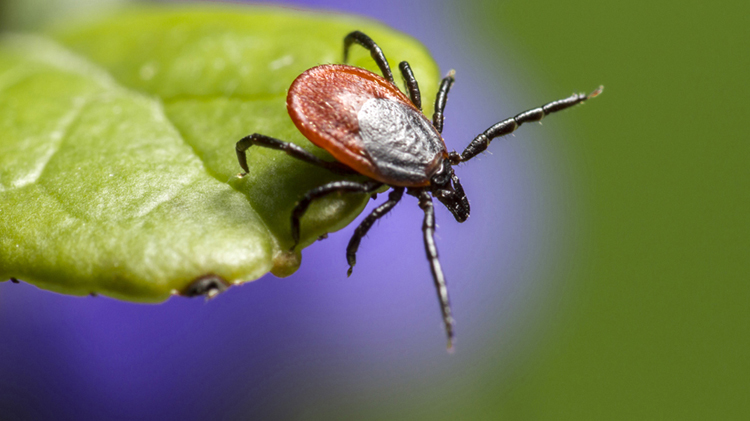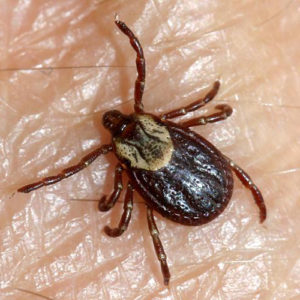A painful tick bite? What a Novel idea!
I recently wrote a blog about a new Lyme vaccine that uses antibodies, but this could be the most interesting method of Lyme prevention yet. A new Novel Lyme disease vaccine is being tested in the lab with great results. The same mRNA technology used for the COVID vaccines is being used to deliver this vaccine to guinea pigs at Yale University. This idea is so simple, it’s genius – make us sensitive to a tick bite!

This vaccine does not target pathogens.
Unlike other vaccines that directly target disease-causing pathogens, this potential vaccine targets tick saliva. Ticks attach to our skin, at which time disease-causing bacteria are passed into our blood stream through their saliva. Scientists have created a vaccine that causes a skin reaction to tick saliva. This reaction causes us to actually feel a tick bite. And as we know, it takes 36 to 48 hours for a tick to infect a host with Lyme disease. If we feel the tick bite immediately, the tick can be found. Therefore, negating attachment or disease transmission.
But it’s not just for Lyme disease prevention!

This same technology could prevent a variety of diseases that are passed through infected tick bites. Having identified 19 proteins in black-legged ticks, which can be targeted with such a vaccine, the same could be done with other tick species to prevent the illnesses they spread. This is great news for New England residents, where we have a few species of ticks – black-legged (deer) ticks, dog ticks, and lone star ticks.
What if the tick gains attachment anyway?
Nothing is fool-proof. Imagine that you have had this Lyme vaccine, but failed to feel it right away because you are moving around – doing yard work, hiking, etc. Guinea pigs in the lab showed resistance to Lyme pathogens even when the tick gained attachment. Half of the non-immunized guinea pigs were infected with Lyme disease in the study – all having been bitten by infected ticks. None of the immunized guinea pigs were infected when the tick was removed at the time of the skin reaction (redness, pain). Allowing a tick to remain attached to immunized guinea pigs also resulted in zero Lyme infections. Due to the skin reaction, ticks were not able to feed voraciously on these pigs. However, when three infected ticks were left attached to all guinea pigs, some infection did result in immunized pigs.

Until vaccines are lab tested, approved, and widely available, your only sure method of Lyme prevention is by preventing tick bites in the first place. This means personal tick protection when you are outdoors away from home and professional tick control at home.
One thought on “Could a painful tick bite be the key to Lyme disease prevention?”
Comments are closed.